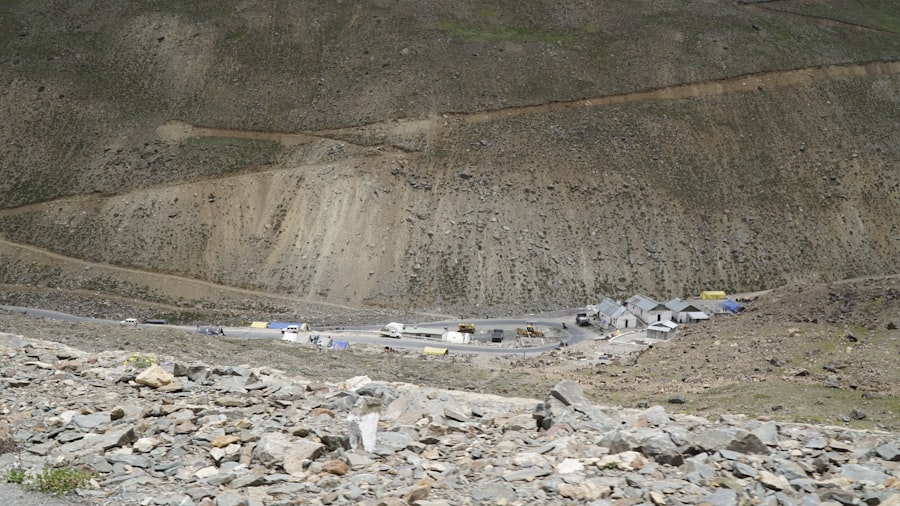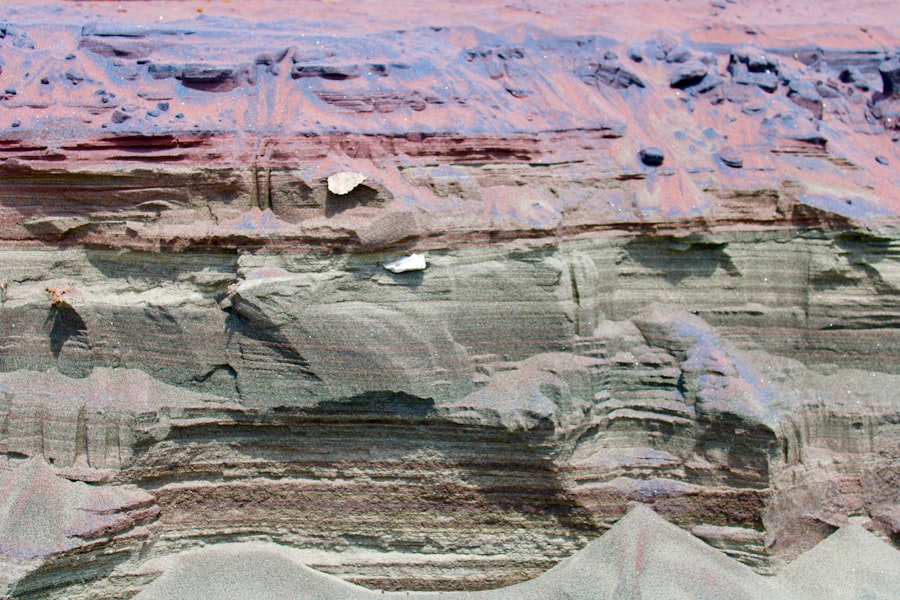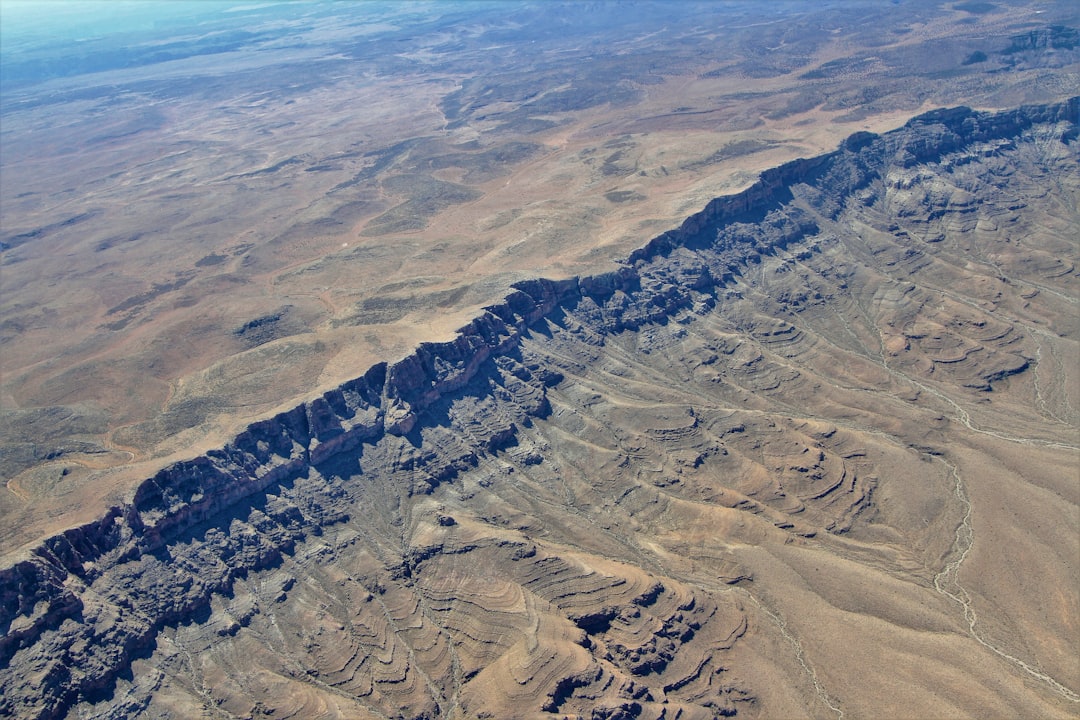Flat slab subduction is a geological phenomenon that occurs when an oceanic tectonic plate descends beneath a continental plate at a shallow angle, rather than the typical steep angle associated with most subduction zones. This unique process has significant implications for the geological and seismic characteristics of the regions where it occurs. Flat slab subduction is particularly notable in areas such as the Andes mountain range in South America and parts of the western United States.
The mechanics of this process are complex, involving interactions between tectonic plates, mantle dynamics, and the thermal properties of the crust. The study of flat slab subduction is crucial for understanding not only the geological history of specific regions but also the broader dynamics of plate tectonics. As tectonic plates interact, they can create various geological features, including mountain ranges, earthquakes, and volcanic activity.
The shallow angle of flat slab subduction can lead to unique geological outcomes, such as the formation of extensive mountain ranges without the typical volcanic activity associated with steep subduction zones. This article will explore the various aspects of flat slab subduction, including its geological and seismic activity, volcanic implications, effects on the Earth’s mantle, and its broader impacts on climate, biodiversity, and society.
Key Takeaways
- Flat slab subduction occurs when a tectonic plate sinks at a shallower angle than normal subduction, leading to unique geological and seismic activity.
- This type of subduction can result in increased seismic activity and the potential for larger, more destructive earthquakes in certain regions.
- Volcanic activity and magma generation are also influenced by flat slab subduction, leading to the formation of distinct volcanic arcs and different types of magma.
- Flat slab subduction can have significant effects on the Earth’s mantle, including changes in temperature, pressure, and the composition of mantle rocks.
- The movement and deformation of tectonic plates are impacted by flat slab subduction, leading to complex interactions and potential for crustal deformation and mountain building.
Geological and Seismic Activity
The geological activity associated with flat slab subduction is marked by a range of phenomena that can significantly alter the landscape and seismic profile of a region. One of the most prominent features is the formation of mountain ranges that arise from the compression of continental crust as the oceanic plate is forced beneath it. This process can lead to the uplift of large areas of land, creating dramatic topographical changes over geological time scales.
In regions where flat slab subduction occurs, such as the Andes, the resulting mountain ranges are often characterized by complex geological structures that reflect the intricate interplay between tectonic forces. Seismic activity in areas affected by flat slab subduction can also be quite distinct. While one might expect frequent and intense earthquakes due to the interaction of tectonic plates, flat slab subduction zones often exhibit a different seismic behavior.
The shallow angle of descent can lead to a buildup of stress along fault lines that may not release as frequently as in steeper subduction zones. Consequently, when earthquakes do occur, they can be particularly powerful and damaging. Understanding these seismic patterns is essential for assessing risks and preparing for potential disasters in regions prone to flat slab subduction.
Volcanic Activity and Magma Generation

Volcanic activity is another critical aspect influenced by flat slab subduction. In typical subduction zones, the descending oceanic plate releases water and other volatiles into the overlying mantle, leading to the generation of magma and subsequent volcanic eruptions. However, in flat slab subduction scenarios, this process can be altered significantly.
The shallow angle at which the oceanic plate descends may limit the amount of water released into the mantle, resulting in reduced magma generation compared to steeply dipping subduction zones. As a result, regions experiencing flat slab subduction may exhibit less volcanic activity or different types of volcanic features. For instance, while some areas may still produce volcanic eruptions, they may be less frequent or less explosive than those found in traditional subduction zones.
This variation in volcanic behavior can have profound implications for local ecosystems and human populations, as volcanic eruptions can pose significant hazards. Understanding the relationship between flat slab subduction and volcanic activity is essential for predicting potential eruptions and mitigating their impacts on surrounding communities.
Effects on Earth’s Mantle
| Effects on Earth’s Mantle | Metrics |
|---|---|
| Temperature | Increases with depth, reaching over 4000°C at the core-mantle boundary |
| Convection | Causes movement of mantle material, driving plate tectonics and volcanic activity |
| Pressure | Increases with depth, reaching over 135 gigapascals at the core-mantle boundary |
| Mineralogical changes | Occurs due to high temperature and pressure, leading to different mineral compositions at different depths |
The effects of flat slab subduction extend deep into the Earth’s mantle, influencing its composition and dynamics. As an oceanic plate descends at a shallow angle, it interacts with the mantle in ways that can alter temperature and pressure conditions. This interaction can lead to complex mantle flow patterns that affect not only local geology but also global mantle convection processes.
Moreover, flat slab subduction can contribute to the recycling of materials within the Earth’s mantle. As oceanic crust is forced downward, it carries with it sediments and minerals that can undergo metamorphism under high-pressure conditions.
This process can lead to the formation of new mineral assemblages and contribute to the overall chemical evolution of the mantle. Understanding these effects is crucial for geologists seeking to unravel the intricate history of Earth’s interior and its ongoing evolution.
Tectonic Plate Movement and Deformation
The movement and deformation of tectonic plates are central to understanding flat slab subduction’s role in shaping Earth’s surface. The shallow angle at which an oceanic plate descends beneath a continental plate can lead to unique deformation patterns in both plates. As stress accumulates along fault lines, it can result in complex interactions that manifest as folding, faulting, and other forms of deformation in the overlying continental crust.
In regions affected by flat slab subduction, these deformation patterns can create distinctive geological features such as thrust faults and fold belts. The interplay between compressional forces from the descending plate and extensional forces from surrounding tectonic activity can lead to a diverse array of geological structures. These features not only provide insights into past tectonic events but also serve as indicators for future geological activity in these regions.
Impact on Climate and Weather Patterns

Flat slab subduction can have far-reaching implications for climate and weather patterns in affected regions. The uplift associated with mountain building can influence local climates by altering precipitation patterns and temperature distributions. As mountains rise due to tectonic forces, they can create rain shadows—areas where moist air is forced to rise over mountains, leading to precipitation on one side while leaving the other side dry.
This alteration in climate can have significant effects on ecosystems and human activities in these regions. For example, changes in precipitation patterns can impact agriculture, water resources, and biodiversity. Additionally, the presence of high mountain ranges can influence atmospheric circulation patterns, potentially affecting weather systems far beyond the immediate vicinity of the mountains themselves.
Understanding these climatic impacts is essential for predicting how flat slab subduction may shape environmental conditions over time.
Influence on Biodiversity and Ecosystems
The geological processes associated with flat slab subduction also play a crucial role in shaping biodiversity and ecosystems in affected regions. The uplift of mountain ranges creates diverse habitats that can support a wide variety of plant and animal species. As different ecological niches emerge due to variations in elevation, climate, and soil types, species may adapt to these unique environments over time.
Moreover, the geological activity associated with flat slab subduction can lead to isolation of populations, promoting speciation as species evolve independently in response to their specific environments. This process contributes to high levels of endemism—species that are found nowhere else on Earth—particularly in mountainous regions formed by flat slab subduction. Understanding these ecological dynamics is vital for conservation efforts aimed at preserving biodiversity in areas impacted by tectonic activity.
Geological Hazards and Risks
The geological hazards associated with flat slab subduction are significant and warrant careful consideration for communities living in affected areas. The potential for powerful earthquakes poses a considerable risk to infrastructure and human safety. Additionally, while volcanic activity may be less frequent than in traditional subduction zones, when eruptions do occur, they can still be hazardous due to their unpredictability.
Landslides are another geological hazard linked to flat slab subduction regions. The steep terrain created by mountain building can increase susceptibility to landslides during heavy rainfall or seismic events. Communities must be aware of these risks and implement appropriate measures for disaster preparedness and response to mitigate potential impacts on lives and property.
Economic and Societal Impacts
The economic implications of flat slab subduction are multifaceted, affecting industries such as agriculture, tourism, and natural resource extraction. The unique geological features created by this process can attract tourists seeking outdoor recreation opportunities in mountainous landscapes. However, economic activities must also contend with the risks posed by seismic events and geological hazards.
Furthermore, communities living in areas affected by flat slab subduction may face challenges related to infrastructure development and maintenance due to ongoing tectonic activity. Ensuring that buildings and transportation networks are resilient to earthquakes and landslides is essential for safeguarding economic stability and public safety.
Long-Term Geologic Changes
Over geological time scales, flat slab subduction contributes to significant changes in Earth’s landscape and geology. The ongoing interaction between tectonic plates leads to continuous reshaping of landforms as mountains rise and erode while new geological features emerge. These long-term changes are essential for understanding Earth’s evolutionary history and predicting future geological developments.
As tectonic processes continue to unfold, researchers strive to unravel the complexities of flat slab subduction’s role in shaping not only local landscapes but also global geological systems. By studying these processes over extended periods, scientists gain insights into how Earth’s surface evolves in response to dynamic tectonic forces.
Future Research and Implications
Future research into flat slab subduction holds great promise for advancing scientific understanding of plate tectonics and its broader implications for Earth systems. As technology improves, geologists are better equipped to study these complex processes through advanced modeling techniques and field investigations. Understanding how flat slab subduction interacts with other tectonic phenomena will enhance knowledge about seismic risks, volcanic activity, climate impacts, and biodiversity.
Moreover, interdisciplinary approaches that integrate geology with ecology, climate science, and social sciences will provide a more comprehensive understanding of how flat slab subduction shapes not only Earth’s physical landscape but also its biological diversity and human societies. As researchers continue to explore this fascinating aspect of geology, their findings will have important implications for disaster preparedness, resource management, and conservation efforts in regions influenced by flat slab subduction.
In exploring the long-term effects of flat slab subduction, it’s essential to consider the broader geological implications and related phenomena. An insightful article that delves into these topics can be found on Freaky Science, which discusses various geological processes and their impacts on Earth’s structure. For a deeper understanding, you can read more about these fascinating geological dynamics in the article available at Freaky Science. This resource provides a comprehensive overview of how flat slab subduction influences tectonic activity and contributes to the formation of mountain ranges and seismic events over extended periods.
WATCH THIS! The Earth is Trying to Swallow North America: The Unstoppable Geological Disaster
FAQs
What is flat slab subduction?
Flat slab subduction occurs when a tectonic plate is forced beneath another at a shallower angle than normal subduction. This results in the subducting plate remaining relatively flat as it descends into the mantle.
What are the long term effects of flat slab subduction?
The long term effects of flat slab subduction can include the formation of mountain ranges, volcanic activity, and seismic events. It can also lead to changes in the composition and structure of the Earth’s crust and mantle.
How does flat slab subduction impact the Earth’s surface?
Flat slab subduction can lead to the uplift of the Earth’s surface, resulting in the formation of mountain ranges and plateaus. It can also cause volcanic activity and the release of seismic energy, leading to earthquakes.
Are there any potential hazards associated with flat slab subduction?
Yes, flat slab subduction can lead to increased volcanic activity and the potential for large, destructive earthquakes. It can also impact the stability of the Earth’s crust and mantle, potentially leading to geological hazards in affected regions.
Can flat slab subduction have any positive effects on the Earth’s geology?
Yes, flat slab subduction can contribute to the formation of mineral deposits and the creation of diverse geological features. It can also play a role in the evolution of the Earth’s crust and mantle over long periods of time.
